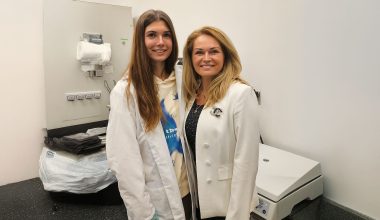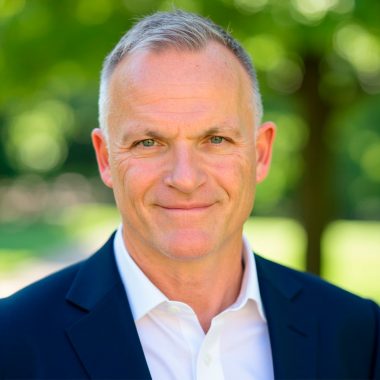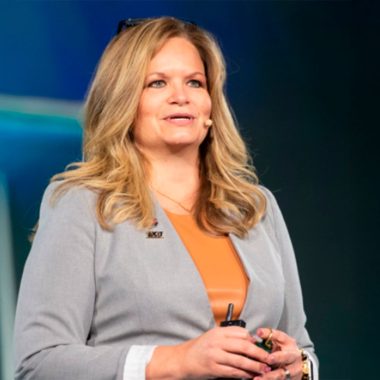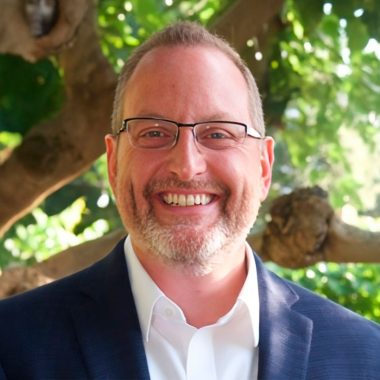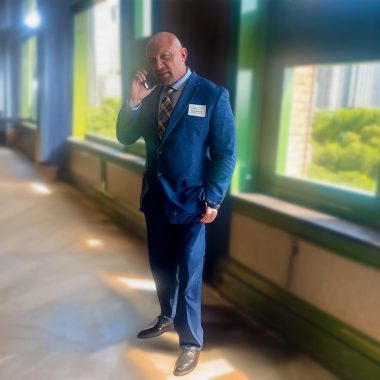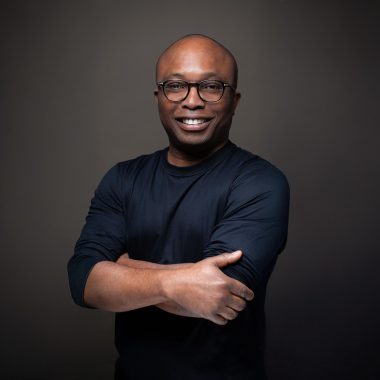The conversation around artificial intelligence often focuses on automation, efficiency, and the fear of job loss. But for experienced HR leaders like Andrea N. Grant, the real opportunity isn’t about replacing people. It’s about using AI to reinforce what should stay at the heart of every organization: its people.
Shifting Toward People-Centric HR
Andrea started her career in 1996, back when the field was still called Personnel. “There wasn’t much to it, if I’m going to be honest. It was a lot of paper, file cabinets, and things of that nature,” she says. What began as a largely administrative role has evolved into something far more strategic and human centered. “HR has become more people centric,” she explains. “It’s critically important that we keep the people part first, while using technology and other tools to support and enhance the employee experience.” Andrea doesn’t see AI as a threat but as a tool, one that, when used wisely, can create space for more meaningful work and deeper connections. For her, the future of HR lies in leaders who know how to balance innovation with empathy, and who never lose sight of the people behind the systems.
Prioritizing Skills Over Credentials
One of the most significant shifts Andrea has observed is the move toward skills-based hiring rather than traditional credential requirements. Recent research between SHRM and Gallup reveals a startling reality about the pace of change. “Some of the core skills that we use today are no longer expected to be valid in the next three years,” she notes. “I find that equally concerning and fascinating.”
This skills-first approach represents a fundamental change in how organizations evaluate talent. “Skills first means that you traditionally may have hired someone with a four-year degree or with a certification in a certain discipline,” Andrea explains. “Skills first actually means that you will intentionally seek out and give a chance to individuals that maybe weren’t afforded those opportunities because of cost or other barriers.” The approach also requires forward-thinking about future capabilities. “It means not just the skills of today, but the skills of tomorrow,” she emphasizes. “In HR, we have three lenses. We look through current state, future state, and ideal state.”
Retaining Talent Through Upskilling
Andrea shares a compelling example of how companies can retain talent while adapting to change. She describes a former client in the consumer goods space who faced potential layoffs but chose a different path. “They actually decided to train some of the warehouse workers to become truck drivers so that they would not have to outsource or downsize or let those individuals go,” she recounts. This approach delivered multiple benefits beyond avoiding job cuts. “They maintained that institutional knowledge and kept the morale by retaining those staff members,” she explains. “And also, those individuals were able to learn and develop and deploy new skills to take care of their families and their communities.”
Beyond skills development, Andrea emphasizes the critical importance of staying informed in an era of increasing misinformation. “We are in an era, and I believe we will be for quite some time, of mis or disinformation,” she warns. “I could go out now if I had the technology or the skills and create a deep fake that looks and sounds just as if it were you or me to say whatever we would want.” She believes education serves as the foundation for all technological advancement. “The underpinning of all of this still needs to be education and information so that people know exactly what is and isn’t true, accurate, and accessible.”
Integrating AI for Human-Led Work
Andrea has already begun weaving AI into her workflow, but she does so with intention. “Some of the things I’ve started to deploy that are working very well are automating simple tasks,” she explains. “Whether it’s general responses to emails, scheduling meetings, or taking notes, those types of things.” These tools aren’t replacing people; they’re removing friction from everyday work. By streamlining routine tasks, Andrea frees up time and energy for the kind of work that truly benefits from human insight. “They don’t cause pause or concern for staff or even leaders,” she says. “These are things no one really enjoys doing anyway.” For her, the goal is thoughtful integration. “There’s a way for us to connect these tools so they handle the manual work, allowing people to focus on what only humans can do.”
She also encourages a more inclusive future for AI. While she acknowledges that many current technologies don’t reflect the full diversity of their users, she sees this as a call to action, not a limitation. “That’s why upskilling and reskilling are so important,” she says. “We need more voices shaping how these tools are built and used.” For Andrea, AI is not a threat but a catalyst, one that, when guided by empathy and inclusivity, can help create more thoughtful, people-first organizations.
Follow Andrea N. Grant on LinkedIn for bold, human-centered strategies in the evolving HR landscape.

